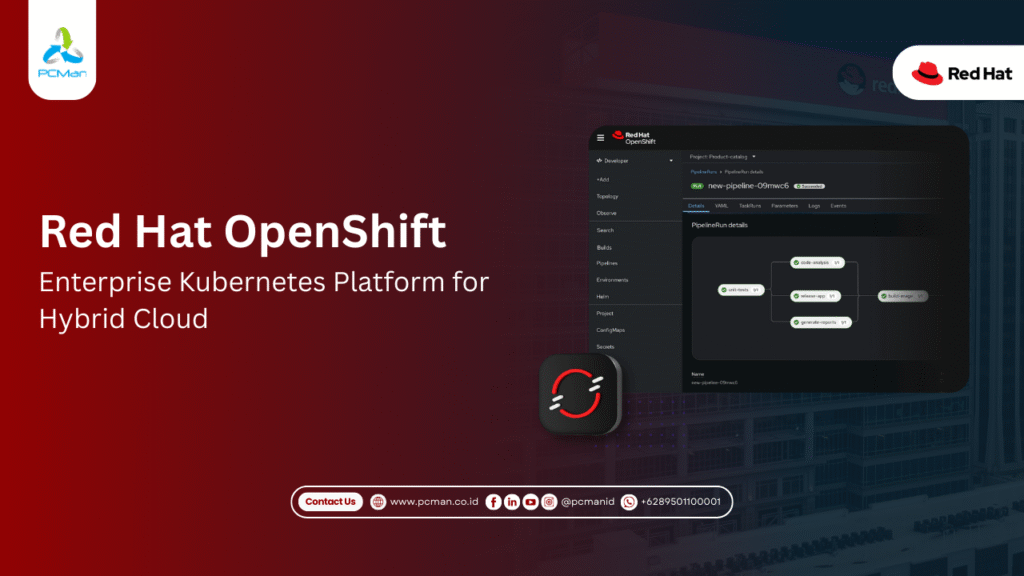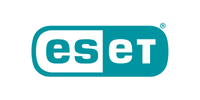
Red Hat OpenShift is an enterprise-grade, open-source application platform built on Kubernetes atop Red Hat Enterprise Linux—or RHEL CoreOS—designed to streamline the entire application lifecycle. It enables organizations to modernize systems, build cloud-native apps, and deliver them consistently across on-premises, hybrid, and multicloud environments.
Why OpenShift Over Raw Kubernetes?
Kubernetes alone orchestrates containers but lacks key tooling for production readiness—like logging, monitoring, CI/CD, service mesh, and more. OpenShift wraps all these features into a cohesive, enterprise-ready platform that is tested, packaged, and supported by Red Hat.
Core Capabilities & Benefits
- Consistency Across Environments
OpenShift ensures the same experience whether deployed on-premises, in public clouds, or at the edge—offering a unified developer and operator interface. - Full Application Lifecycle Orchestration
It fuels cloud-native development with integrated dev tools, CI/CD pipelines, source-to-image functionality, and developer-friendly workflows. - Built-In Automation & Security
The platform includes automated installation, over-the-air smart upgrades via Operators, centralized policy enforcement, enterprise-grade security, and a vast partner ecosystem.
Red Hat OpenShift Editions
Edition | Description |
Kubernetes Engine (Entry) | Provides core OpenShift capabilities: Red Hat CoreOS, Kubernetes cluster, automated installation and updates.Red Hat |
Container Platform (Full) | Includes developer console, service mesh, serverless, pipelines, GitOps, and more.Red Hat |
Platform Plus (Holy Grail) | Adds advanced tools like Advanced Cluster Management, Advanced Cluster Security, Data Foundation, and Quay registry.Red Hat |
Managed Cloud Services
OpenShift is also available fully managed through cloud services like ROSA (on AWS), ARO (Azure), and RHOIC (IBM Cloud), offering turnkey application platforms with simplified operations and consistent experience across clouds.
Benefits include:
- Accelerated deployment and scaling of applications
- Improved operational efficiency and proactive support
- Reduced infra maintenance so teams can focus on innovation



 Digital Transformation
Digital Transformation Learning Management System
Learning Management System Cyber Security
Cyber Security Data, AI & Automation
Data, AI & Automation Cloud/Hybrid Infrastructure
Cloud/Hybrid Infrastructure Branded Moodle App
Branded Moodle App Microsoft 365
Microsoft 365 Eset
Eset Kaspersky
Kaspersky